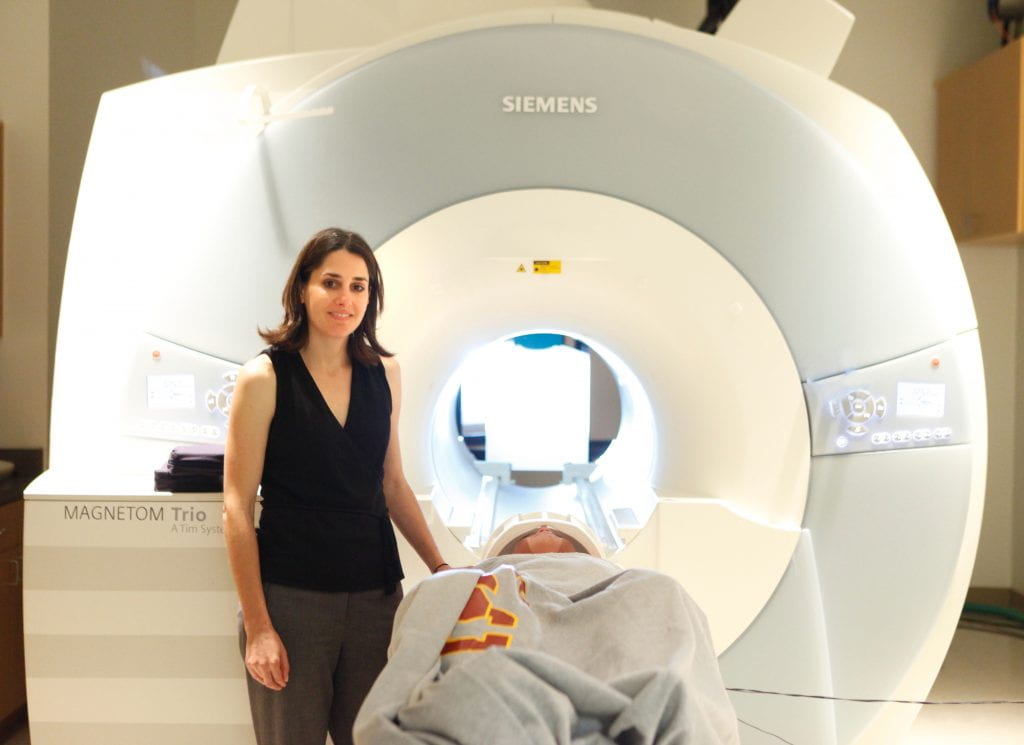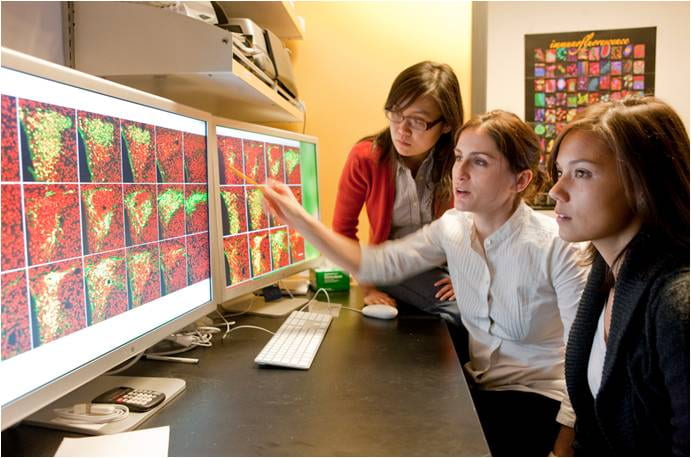Category: Homepage Slider
Mary Helen Immordino-Yang, assistant professor of psychology at USC Dornsife’s Brain and Creativity Institute, is particularly interested in social emotions that promote learning, motivation and resilience, such as compassion, admiration and inspiration. Photo by Steve Cohn.

Mary Helen Immordino-Yang, assistant professor of psychology at USC Dornsife’s Brain and Creativity Institute, is particularly interested in social emotions that promote learning, motivation and resilience, such as compassion, admiration and inspiration. Photo by Steve Cohn….Continue Reading Mary Helen Immordino-Yang, assistant professor of psychology at USC Dornsife’s Brain and Creativity Institute, is particularly interested in social emotions that promote learning, motivation and resilience, such as compassion, admiration and inspiration. Photo by Steve Cohn.
